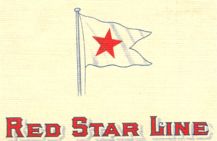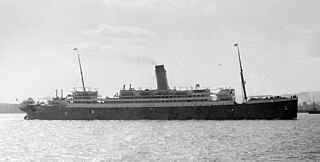Two ships of the White Star Line have borne the name SS Gallic, an adjectival reference to France:
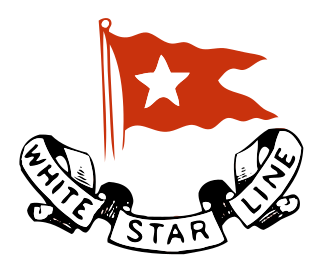
The Oceanic Steam Navigation Company, more commonly known as the White Star Line, was a British shipping company. Founded out of the remains of a defunct packet company, it gradually rose up as one of the most prominent shipping lines in the world, providing passenger and cargo services between Britain and the United States, Canada, South Africa, New Zealand and Australia. While many other shipping lines focused primarily on speed, White Star branded their services by focusing more on providing steady and comfortable passages, for both upper class travelers and immigrants. Today it is most famous for the innovative vessel Oceanic of 1870, and for the losses of some of their best passenger liners, including the wrecking of RMS Atlantic at Halifax in 1873, the sinking of RMS Republic off Nantucket in 1909, the infamous loss of RMS Titanic in 1912 and that of HMHS Britannic while serving as a hospital ship in 1916. Despite its casualties, the company retained a prominent hold on shipping markets around the globe before falling into decline during the Great Depression, which ultimately led to a merger with its chief rival, Cunard Line, which operated as Cunard-White Star Line until 1950. Cunard Line then operated as a separate entity until 2005 and is now part of Carnival Corporation & plc. As a lasting reminder of the White Star Line, modern Cunard ships use the term White Star Service to describe the level of customer care expected of the company.

France, officially the French Republic, is a country whose territory consists of metropolitan France in Western Europe and several overseas regions and territories. The metropolitan area of France extends from the Mediterranean Sea to the English Channel and the North Sea, and from the Rhine to the Atlantic Ocean. It is bordered by Belgium, Luxembourg and Germany to the northeast, Switzerland and Italy to the east, and Andorra and Spain to the south. The overseas territories include French Guiana in South America and several islands in the Atlantic, Pacific and Indian oceans. The country's 18 integral regions span a combined area of 643,801 square kilometres (248,573 sq mi) and a total population of 67.3 million. France, a sovereign state, is a unitary semi-presidential republic with its capital in Paris, the country's largest city and main cultural and commercial centre. Other major urban areas include Lyon, Marseille, Toulouse, Bordeaux, Lille and Nice.
- SS Gallic (1894) was a passenger tender, originally SS Birkenhead launched in 1894. She was acquired by White Star Line in 1907 and was scrapped in 1913.
- SS Gallic (1918) was a cargo ship, originally SS War Argus launched in 1918. She was acquired by White Star Line in 1919 and was sold to the Clan Line in 1933 and renamed Clan Colquhoun.
SS Gallic was a paddle wheel steamship, built in 1894 as SS Birkenhead by John Scott & Co., Kinghorn, Fife. She was owned and operated by Birkenhead Corporation as a ferry on the River Mersey until being sold to the White Star Line in 1907 for use as a passenger tender to the company's various ocean liners.
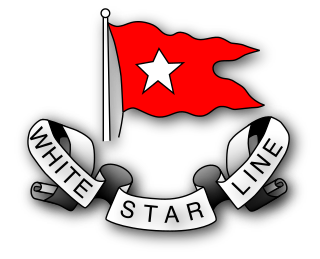
SS Gallic was a cargo steamship built in 1918. During her career, she had six different owners and sailed under the flags of the United Kingdom, Panama and Indonesia. In spite of prevailing maritime superstition that it is unlucky to change a ship's name, she underwent seven name changes and survived a 37-year career unscathed. She was scrapped at Hong Kong in 1956, the last surviving White Star Line cargo ship.
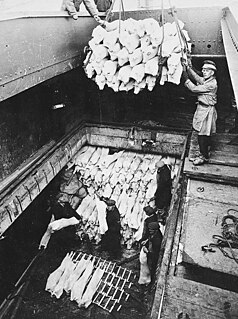
The Clan Line was a passenger and cargo shipping company that operated in one incarnation or another from the late nineteenth century and into the twentieth century.
| This article includes a list of ships with the same or similar names. If an internal link for a specific ship led you here, you may wish to change the link to point directly to the intended ship article, if one exists. |

